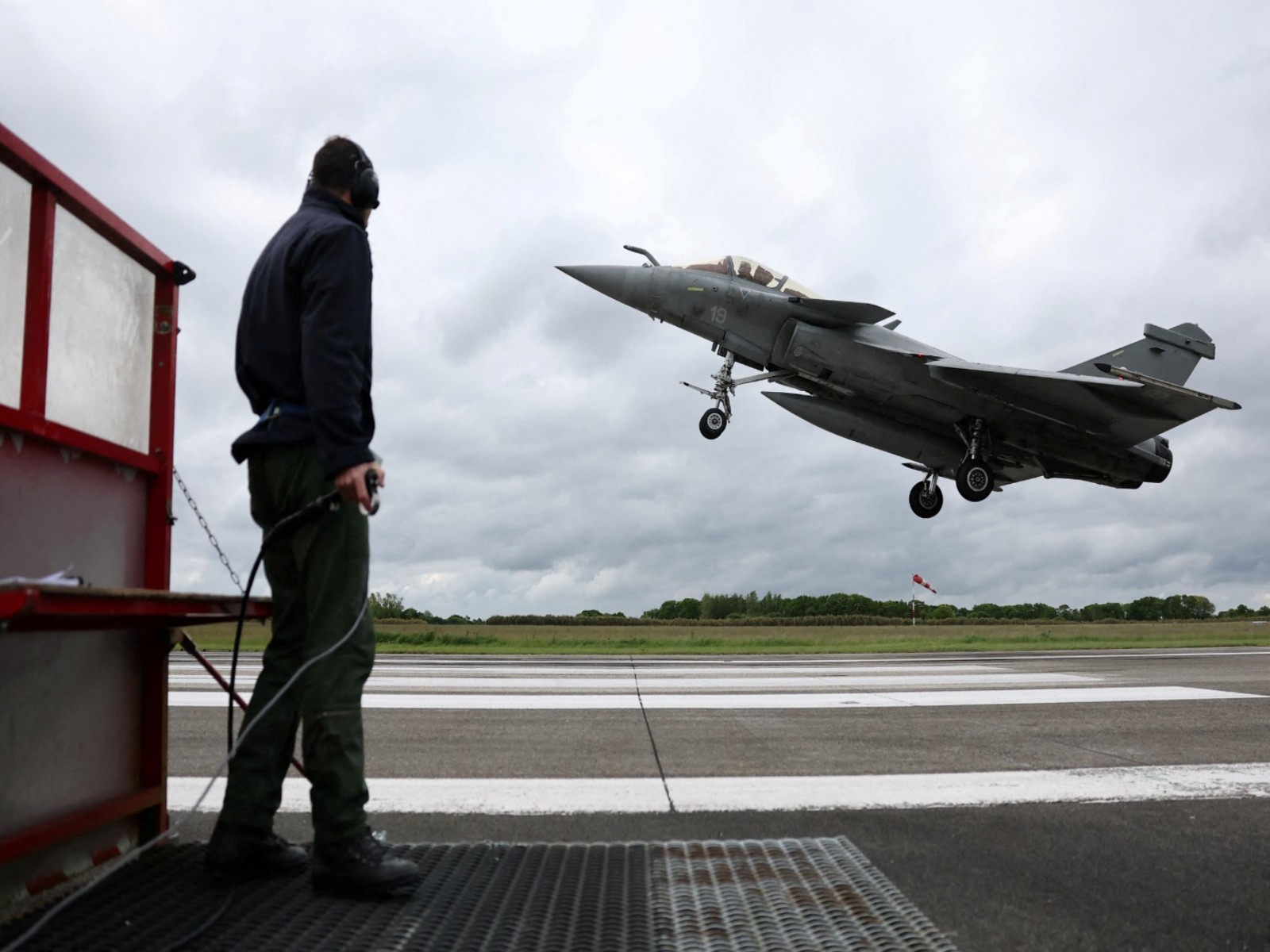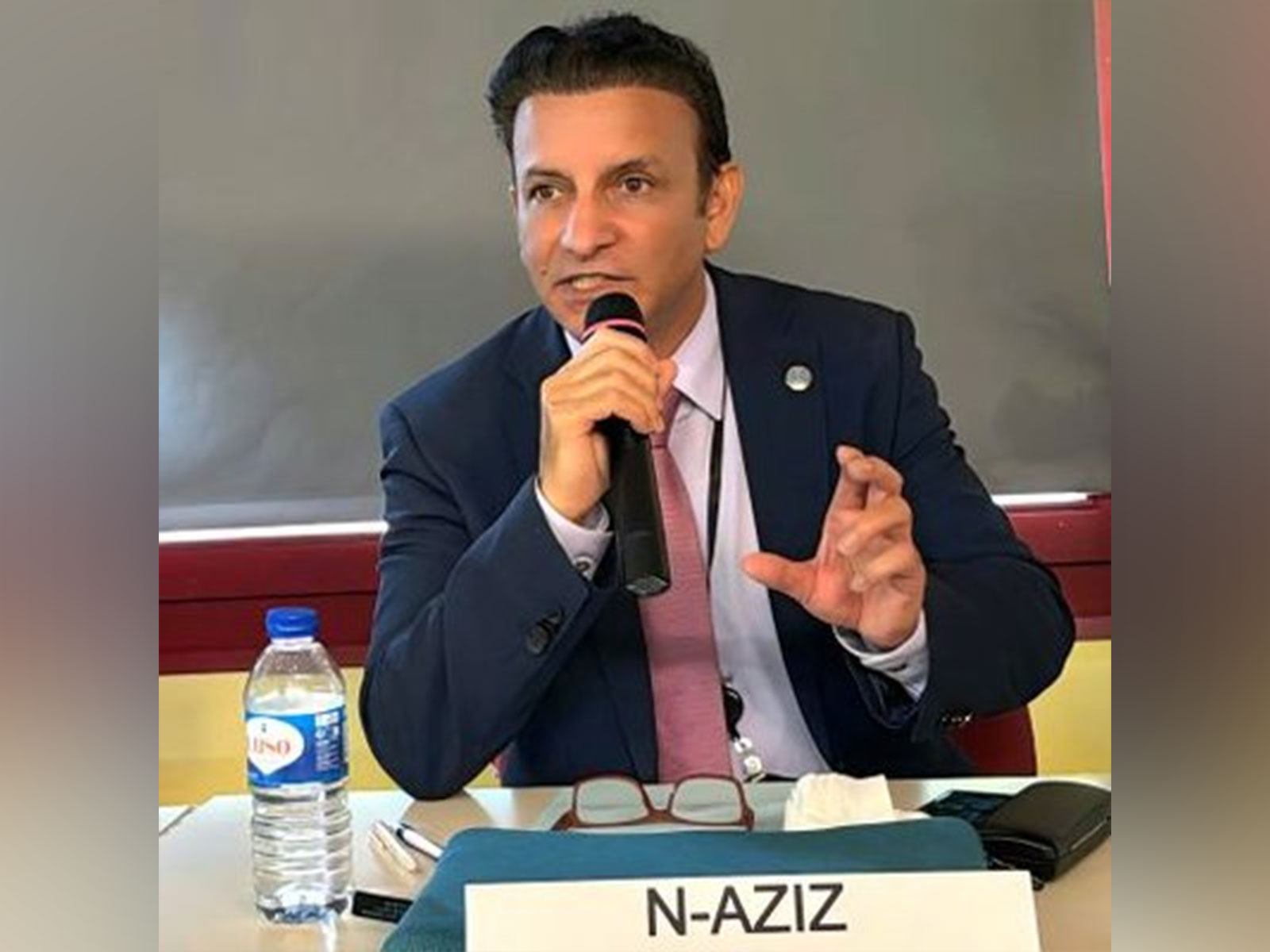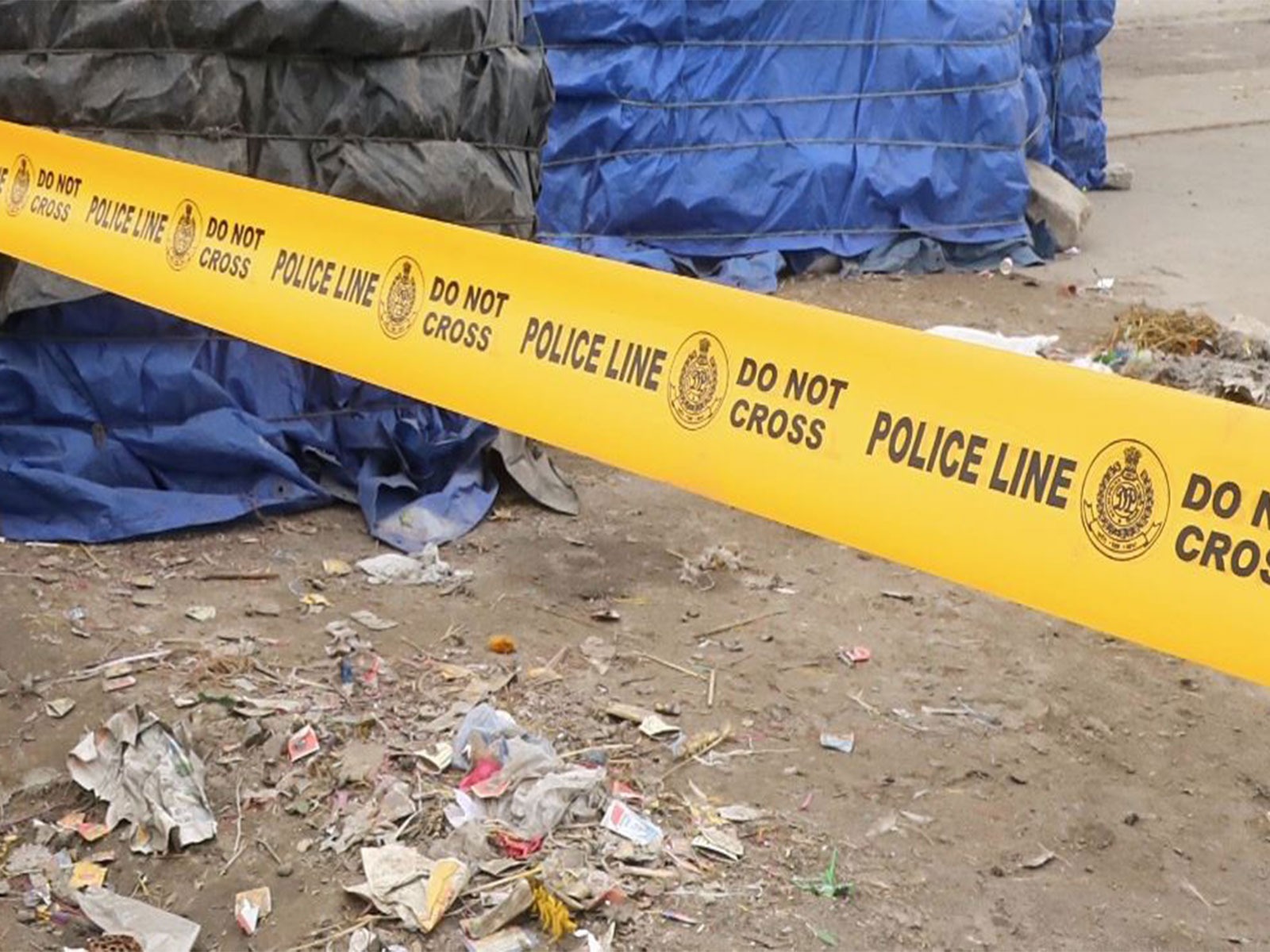Global Air Travel Rebound: Indians are visiting Southeast Asia as Countries open
Apr 18, 2022

By Lee Kah Whye
Singapore, April 18 : Earlier this month, the International Air Transport Association (IATA) announced that global air travel posted a strong rebound in February 2022 compared to January 2022, as Omicron-related impacts moderated outside of Asia.
IATA which was founded in 1945 represents some 290 airlines in 120 countries, carrying 83 per cent of the world's air traffic.
In Southeast Asia, as more and more countries reopen their borders to quarantine-free leisure visits, though with varying degrees of COVID testing requirements, Indians are forming a significant number of those travelling to the region.
IATA on April 6 reported that overall air traffic in February 2022, including both international and domestic flights (measured in revenue passenger kilometres or RPKs), was up 115.9 per cent compared to February 2021. That is an improvement from January 2022, which was up 83.1 per cent compared to January 2021. This was as the health risk posed by the COVID-19 Omicron strain began to recede in many countries.
Compared to pre-COVID February 2019, however, traffic was down 45.5 per cent.
Domestic air travel saw a more significant upswing than international travel. In February 2022, domestic traffic was up 60.7 per cent compared to the year-ago period, building on a 42.6 per cent increase in January 2022 compared to January 2021. Domestic traffic in February was 21.8 per cent below the volumes of February 2019.
There was wide variation in the domestic markets tracked by IATA. The United States market is growing strongly and just 6.6 per cent shy of where it was in February 2019 measured in RPK terms. Russia is up 15 per cent, Japan is down 64.8 per cent and China lower by35.3 per cent. Australia is 53.8 per cent below where it was in February 2019 but with the country relaxing its COVID measures, this is expected to improve.
China, which is still clinging onto its zero COVID strategy and experiencing significant lockdowns in its major cities including Shanghai, is expected to see deterioration in its domestic air travel market in March.
Similarly, Russia which has seen air travel grow sharply up till February, is expected to see a decline in air traffic for a different reason - the war in Ukraine. The war which began on February 24, did not have a major impact on traffic levels for the period under review.
As for international air travel, it is still down 59.6 per cent in February 2022 compared with the same month in 2019. However, when compared with recent months and with a year ago, the figures showed a marked uptrend. International RPKs rose 256.8 per cent versus February 2021 and improved from a 165.5 per cent year-over-year increase in January 2022 versus the year-earlier period. All regions improved their performance compared to the prior month.
Asia-Pacific airlines had a 144.4 per cent rise in February international traffic compared to February 2021, higher than the 125.8 per cent increase registered in January 2022 versus January 2021. Although capacity rose 60.8 per cent and the load factor was up 16.1 percentage points to 47 per cent, this is the lowest among regions.
The main reason is the patchy border reopening in the region and in particular, China and Japan which are two of the largest travel markets in Asia.
It is well-known that with Omicron raging through the country, China is still hanging onto its zero COVID policy, and the country is largely shut from the outside world. Although Japan recently increased the number of foreigners permitted to enter the country a day from 7,000 to 10,000, it only allows students and business travellers in. It is still not open to tourists.
With most of North Asia still closed, Southeast Asian countries are leading the way in regional cross-border travel.
A Reuters story quoting travel firm ForwardKeys said that international airline bookings to Southeast Asia reached 38percent of pre-pandemic levels by late March. It was just 10 per cent of 2019 levels at the start of the year.
As expected, the countries which have opened with the most relaxed COVID visitation rules, Singapore and the Philippines, have seen the largest uptick in bookings. The ForwardKeys data showed Singapore and Philippines bookings were at 72percent and 65percent of 2019 levels, respectively.
Thailand which was one of the most popular tourist destinations in the region pre-COVID still requires an on-arrival PCR (polymerase chain reaction) test and for visitors to isolate in an approved hotel while waiting for test results. In addition, it requires visitors to take an Antigen Rapid Test on day 5. Unsurprisingly, it is only at 24 per cent of booking levels experienced before COVID.
Tourism analysts say that on-arrival testing turns off visitors because it adds a layer of uncertainty as travellers may find themselves spending their holiday isolated in a government facility if tested positive.
The latest figures from the Singapore Tourism Board (STB) revealed that Singapore had 67,760 arrivals in February 2022, 18.5 per cent higher than the previous month. It is more than three times higher when compared to 2021 but still far below the 1.69 million recorded in January 2020, the last full month before the COVID shutdown international travel in Singapore.
Indians represent the largest group of travellers to Singapore in January and February this year with over 27,000 visitors arriving. Indonesians and Malaysians from the next largest groups during the first two months of the year, with 12,750 and 9,670 arrivals respectively. Singapore had a total of 124,930 visitors during this period.
Air travel in Asia is not expected to reach pre-pandemic levels until China, the largest source of tourists in the region completely reopens to overseas travel. IATA expect air traffic within the Asia Pacific this year to only reach 68percent of 2019 levels and hit pre-pandemic traffic in 2025, a year behind the rest of the world.
"The recovery in air travel is gathering steam as governments in many parts of the world lift travel restrictions. States that persist in attempting to lock out the disease, rather than managing it, as we do with other diseases, risk missing out on the enormous economic and societal benefits that restoration of international connectivity will bring," said Willie Walsh, IATA's Director-General.


















